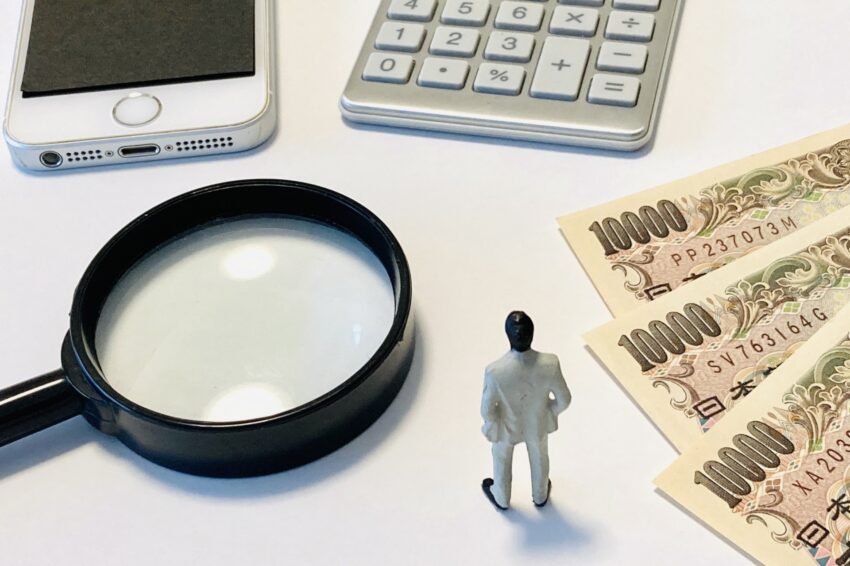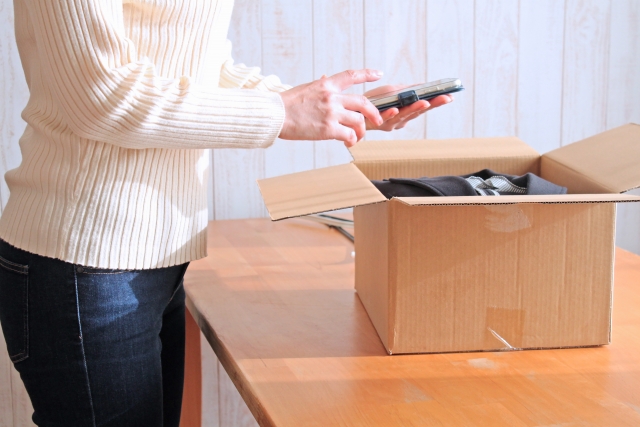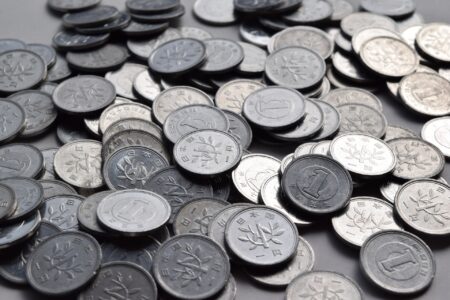Sell Stuff Online, Get Some Yen!

Top photo: craftbeermania on PhotoAC
In these post-spring cleaning times, we may have stumbled items around our homes that we no longer need or regretted buying in the first place. I personally have had stacks of clothing that are a bit too small and am in need to size up (thanks to Covid weight gain). I also have found an old Tamagotchi and have no idea why I bought it in the first place. An oil heater that I bought for the old apartment (7 years ago!) has been gathering dusts in the corner, a space that can be used for something else.
Throwing them away is just wasteful and in the case of big items like the oil heater, it may even costs money to throw them. So why not sell them and get some of the money back? You can simply do that on Mercari.
What is Mercari?
It’s the main Japanese online marketplace where you can buy and sell items domestically. It is equivalent to the famous eBay. As someone who used eBay frequently back in Australia, I have realised that eBay worked differently in Japan. Almost no one uses eBay here as a buy-and-sell platform; it’s used mainly by sellers who are looking to sell internationally. It took me 7 years after moving to Japan to finally dwell on the world of Mercari and it has been life changing.
What can you sell there?
Well, almost anything you can think of. As long as there is a buyer who wants to buy, you can sell whatever you can think of at the right price. It is easy and hassle free. The only difficulty is that it is all in Japanese hence why it took me all these years to try it. It can be a bit intimidating, especially to those who just moved to Japan.

Photo by catwhiskers
What do you need to get started?
Just your smartphone! Have the Mercari app and Google Translate app installed. Credit card and bank are not even needed (more on that later). The hardest part is registering to the Mercari account due to the language barrier. Take screenshots and use the Google Translate app, to go through the menu.
Listing the item for sell is easy and straightforward. Initially, you may need to use the Google Translate app to navigate through the menus, but you will remember it after that, just like how when you first learn to do everything else. Mercari has item categories that you will need to select (men’s clothing, toys, electronics, etc).
After selecting the condition of the item, there are spaces where you can enter the title and a brief description of the item. Very basic Japanese is all you need here. There are templates that you can find online. When setting up the prices, with a price that is less that 19,000 yen (I think), credit card is not needed. But for anything more than that, it is required for security check. Once the item is up, we just wait.
TIP1: Be sure to search similar items to gauge the value before setting the price. Some items like sneakers and fashion clothing may be worth more than what you initially paid for, so you don’t want to lose out on some potential profit.
TIP2: In Japan, some buyers may message first and ask, “If it’s ok to buy the item?” I found this really strange at first, but it is just a courtesy call as some Japanese sellers have these unwritten courtesy rules of purchasing. You can simply reply back the OK.
Sold the item! Now what?
This is the best part. Mercari has contracts with major convenience stores and delivery companies. You simply bring the item to the nearest convenience store and process it there. You don’t need to bring any money to do this; the shipping cost will automatically get deducted from your sale. Usually, courier companies will make a stop at the convenience store, twice a day.
The delivery person will determine the cost of the item, based on the size and weight. Big items (up to 160cm dimension) will max out at about 1700yen. You also don’t need to worry about the shipping address as both buyer’s and seller’s addresses are kept confidential. The Mercari app will provide a barcode, which the convenience store scan and have a delivery note printed out. You will have to place the delivery note on the item and then you are done. Once the item is received and evaluated by the buyer, you will get your Mercari credit in your account, minus the 10% fee and the shipping cost.

Photo by hana+choco
What to do with the Mercari credit?
You can buy other things on Mercari itself. As I’ve mentioned, when I needed to size up my clothing, I just searched similar cloth that are one size up and bought those that are in the same price range of the ones I sold for (some even costed lower!) I essentially sized up my clothing for free.
You can also use the credit to buy other goods and services at places that accept MerPay as their cashless payments. Convenience stores and supermarkets are starting to widely accept this. You can easily transfer the credit to your bank account. You will need to set up your bank details for this, which isn’t that hard to do. There is a process fee of 210yen each time you transfer money back to your bank account.
This is the gist of flow of the Mercari selling experience. There is no need for Japanese fluency, and as long as you are honest in the description and able to communicate politely, you will be able to enjoy it. make some cash and learn some Japanese too!
Photo Credits:
Top photo: beauty-box on PhotoAC
Additional photos by catwhiskers and hana+choco
All other content (text) created by the original author and © 2023 MUSUBI by Borderlink
RELATED
-

A Great Thrift Shop Spot in Osaka
Top photo: NhatBanさん on PhotoAC Japan is a consumer’s paradise and with multiple shopping complexes in all maj… -

Don’t Throw Away Those One-Yen Coins!
Top photo: FRANK211さん on PhotoAC I studied abroad in Japan when I was in college, and when my studies conclude… -

Ayabe City Through a Foreign Lense
Top photo: KKフォト on PhotoAC Welcome to Ayabe City. This travel guide will provide you with all the information…
PEOPLE

Lawrence
From Australia
Has lived in Japan since 2015


